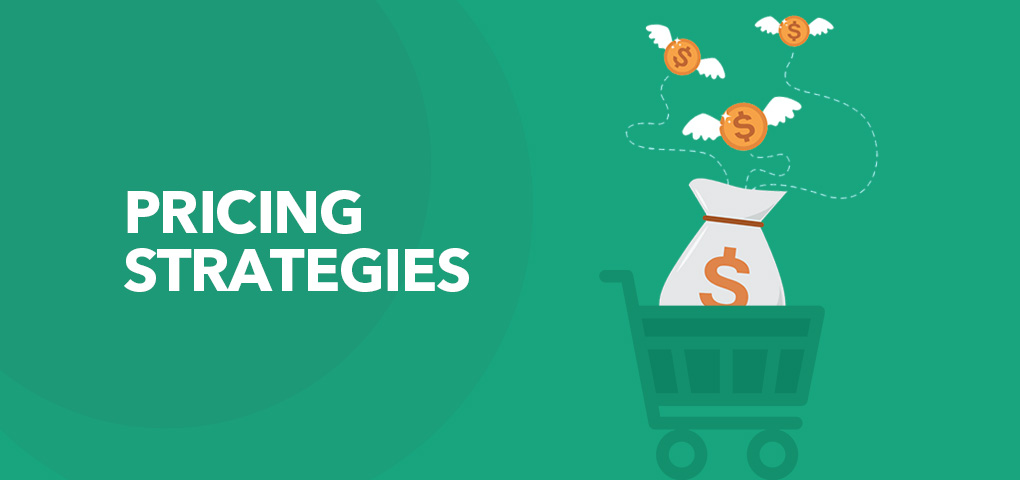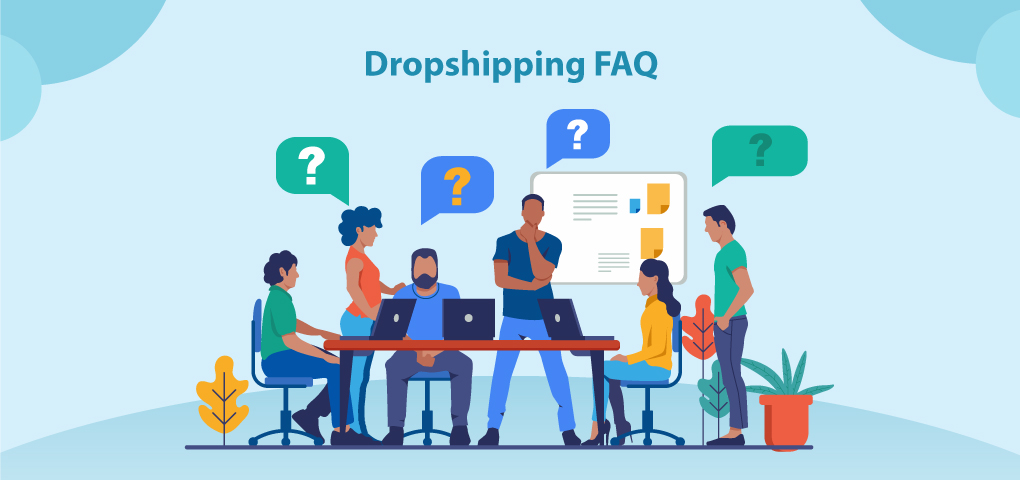The drop shipping pricing strategy is very crucial and it can be quite overwhelming as well. If you are pricing your product too high, the chances of scoring customers go steeply down, and if you are pricing your products too low, you will probably hurt your own bank account. But the good news is that you don’t have to set prices for your product blindly. There are different pricing strategies, and you will find many good books on each pricing strategy. In this article, we have tried to gather the top 10 pricing strategies that will help you set prices perfectly.
10 Pricing Strategies for Pricing Your Products
1. Cost-Plus Pricing
Cost-plus pricing is one of the most common pricing strategies, and it also is known as markup pricing. In this strategy, you consider the price that you spent on making a product and then put a markup on that product depending on how much profit you want to make out of one unit of that product.
For example, if you are making a school bag, and the manufacturing cost is $30. Now, you want to make a $30 profit from each bag. So, you set the price of $60 for each unit, which is a markup of a %100.
2. Competition-Based Pricing
When it comes to pricing strategies, we cannot leave competition-based pricing undiscussed. This strategy is also known as Competitive pricing strategy. In the case of this strategy, you consider the current price of a product in the market. In other words, you consider the price of your competitors' product, and then decide what you want to price your product.
If you are doing business in an extremely saturated market, then lowering your product price as compared to your competitor's product can give you an edge and ultimately help you do more business. For example, if your competitor is selling a school bag at $29, consider selling your company’s bag at $28.
3. Value-Based Pricing
Value-Based Pricing strategy is also one of the most common pricing strategies. In this strategy, you price your product based on the data that tells you what your customers want to pay for your product. Many companies set their prices by following this strategy; even though they can set higher prices, but still, they go with the customers' trends and data.
It is one of the best pricing strategies that can help you achieve loyal and returning buyers when implemented correctly. It gives an impression to the customers that they are important, and as a result, chances of making these customers your returning buyers become higher. However, if you want to implement this pricing strategy, you need to have deep insights into customer needs and trends.
4. Skimming Pricing
In this pricing strategy, the price of a new product is kept high when it is first released in the market. And when the competition increases, the price of that product is lowered which makes it more affordable to the common people. Skimming pricing is mostly adopted when a new technology is introduced in the market, and the high price is meant to cover the development phase's expenses. After that, the price of the product falls and becomes more economical. An example of this pricing strategy would be the releases of Sony PlayStation; when a new model is released, the price is kept higher, but as time passes, the price of the same model decreases dramatically.
5. Penetration Pricing
Penetration pricing strategy is the opposite of the Skimming pricing strategy. In this pricing strategy, the companies release their products at a reasonably low price so that they can get new customers' attention. This is mostly done when a new brand is launched, or a new product is introduced in a market that is ruled by a competitor. The idea is to disrupt the market, even if it comes at the cost of temporary loss. But you do that, hoping that you will gain a customer base that will stick to you when you raise your prices.
6. Pricing at a premium
Also known as premium pricing strategy, Pricing at a premium is adopted when you want to place a higher price tag on your products to separate it from other low-priced options available in the market. The higher price is set to give the impression that your product is of higher quality, provides the best value to its customers, and offers something that others can’t.
The premium pricing strategy is implemented to give your brand perception of luxury and status. And this is why people buy these premium-priced products because they want to experience the luxury and status of the product. Almost all elite fashion designers choose this pricing strategy.
7. Psychological pricing
Till now, you have gone through the best 6 pricing strategies. The 7th one on the list is Psychological pricing. Psychological pricing strategy is implemented to play with the emotions of the customers. In this pricing strategy, the products are priced in such a way that it urges the customers to make purchases on emotional impulses rather than thinking logically.
For instance, if a chocolate bar is priced at $1.99 will be more attractive to customers than $2. This pricing strategy aims at playing with the psychology of customers by showing them the illusion of an amplified value to their money.
8. Geographical pricing
It would be best if you considered geographical pricing when you are planning to expand your business operations across the border. In geographical pricing, you change the prices of your products according to market conditions available in the area where you are going sell. Some factors that can influence your pricing decision are taxes, tariffs, shipping costs, and location-specific rent.
The geographical pricing can also be affected by the demand and supply of certain products. For example, if you are selling sports goods in the US, you will set the price of sports goods related to Baseball higher as compared to the goods associated with Cricket. The reason is that people follow Baseball a lot more than Cricket in the US, so the demand for Baseball goods will be much higher than that of Cricket. So, you can take advantage of the demand and set higher prices accordingly.
9. Economy pricing
Economy pricing is one of those pricing strategies in which the promotion and marketing cost of a product is kept very low. It is generally adopted when a company does not want to spend money on promoting their product or service. Economy pricing is also adopted in airlines where the first few seats of the plane are sold at very low prices just for the sake of filling the plane. Then comes the economic seats in the middle, and the business class seats are sold at higher prices that provide ultimate air traveling experience. You will not find many airlines promoting their economy class; however, almost every airline spends money on advertising their luxury business class travel.
10. Bundle Pricing
Bundle pricing is one of the most commonly used pricing strategies. Bundling different products and selling them at a discounted price has proved to be very fruitful in increasing sales numbers. It is just like selling a car that comes as a package consisting of multimedia, speakers, alloy wheels, back cameras. You get all the items bundled together, which costs you less than buying all these items individually.
Conclusion
In this article, we tried to tell you the top 10 pricing strategies to solve your problem of how to price your dropshipping products. We hope that this article would prove to be helpful to you as far as pricing your products is concerned. Although pricing your products perfectly can be tricky, but knowing all these pricing strategies will make the task a lot easier.




